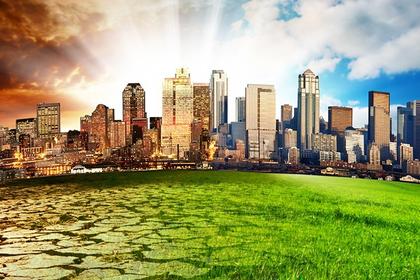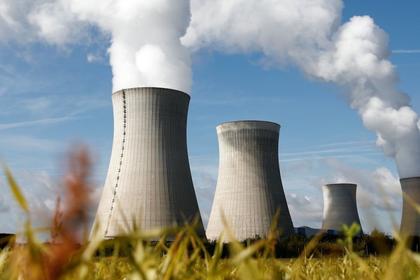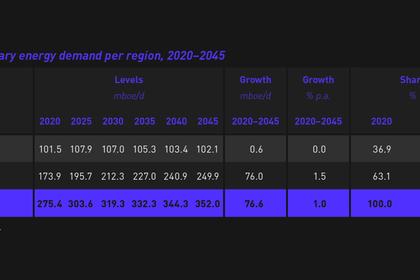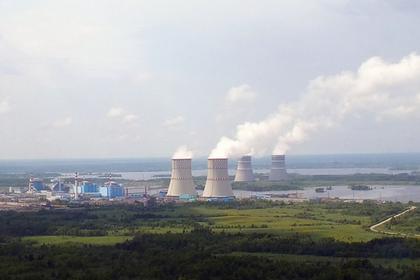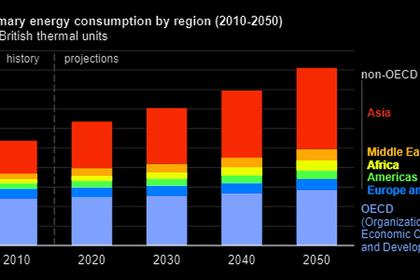
NUCLEAR POWER SAFETY, RESILIENCE
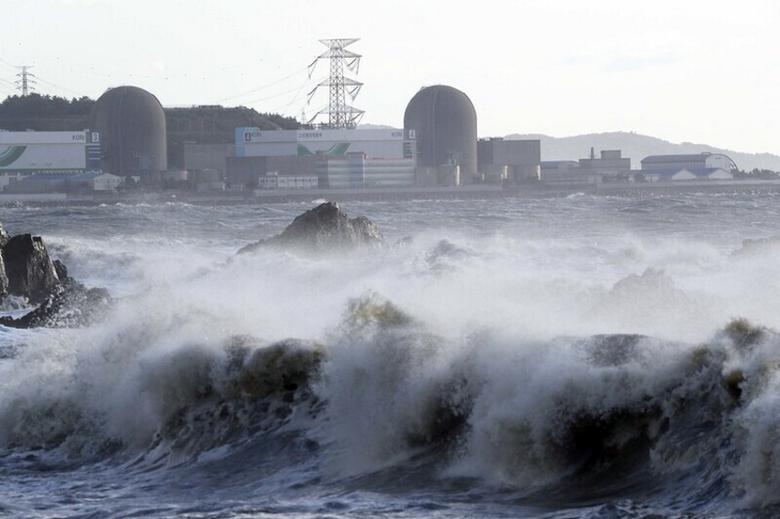
IAEA - 27 January 2022 - Nuclear power plants are built to last. But as the prospect of extreme global events grows — from natural disasters and intensifying climate change-driven weather patterns that could affect a plant, to a rise in infectious diseases that could affect its workforce — nuclear power plants’ adaptable workforces and robust designs will be essential to staying resilient and contributing to a low carbon path to the future.
“For the world to mitigate climate change in the next 20 to 30 years, the energy sector needs to fundamentally transform into a low carbon energy supply system,” said Loreta Stankeviciute, an energy systems analyst at the IAEA. “But to do that, the sector also needs to be able to withstand and adapt to extreme events and changes in the environment. Nuclear power’s resilience and safety records make it well positioned to help the global community overcome these challenges.”
Pandemics
A recent test of resilience emerged during the unprecedented COVID-19 pandemic.
As the COVID-19 virus spread to every corner of the globe in the first part of 2020, societies and economies were turned upside down. Numerous restrictions, including lockdowns, were adopted to control the spread of the virus.
“Despite these worldwide constraints, nuclear power plants around the world continued to operate safely. Operators seamlessly implemented contingency plans, including a variety of emergency measures, to maintain operations and keep personnel safe,” said Greg Rzentkowski¸ Director of the IAEA’s Division of Nuclear Installation Safety. “Operators took the necessary precautions and carefully implemented operational and organizational changes, while continuing to ensure safety and security of nuclear power plants.”
While no country has reported the enforced shutdown of a nuclear power reactor due to the effects of COVID-19, some scheduled maintenance outages have had to be, with regulatory approval, either shortened or postponed as part of protective health measures that have temporarily scaled back non-critical work, according to operator reports. There are also concerns that pandemic-related supply chain disruptions, such as delayed services and temporary closures of manufacturers, could lead to delays in new builds and major refurbishment projects.
“It remains to be seen how much of an impact these pandemic-related disruptions will have on the industry, said Dohee Hahn, Director of the IAEA’s Division of Nuclear Power. “The input we continue to receive provides us with crucial insight as to the pandemic’s impact on the nuclear industry and will help operators and regulators alike learn from each other’s experiences.”
Nuclear power has not only proven its resilience during the pandemic but has also shown that it is safe and well suited to meet changing energy needs. Since the pandemic began, the share of nuclear power has increased in some countries, including Brazil, India and South Korea. In the United Kingdom, for example, nuclear power has played a significant role in drastically reducing the amount of coal burning for electricity; the pandemic-induced lower demand for electricity allowed the UK to temporarily close coal plants in favour of an increased use of nuclear power.
Climate change
Just as the resilience of a plant’s workforce has been necessary to continue operations unimpeded during the ongoing pandemic, their resilience and a nuclear power plant’s robust design are also required in the face of extreme weather events, including those driven by climate change.
Caused by the global mean temperature increase, climate change is altering the severity and frequency of weather events, such as temperature extremes, periods of heavy rainfall, high winds and major sea level rises. These changes are expected to continue to increase in the near to long term.
“While rising water and air temperatures may pose challenges to the continuity of reactor operation by limiting its cooling capacity, it’s the extreme floods and winds that may affect reactor safety by posing threats to the installation’s design,” said Rzentkowski. “One of the challenges with climate change is that, as it continues to progress and make conditions more extreme, past observations and predictive models become less reliable. We should thus start anticipating these events and periodically reassess the relevant risks to ensure that accident prevention and mitigation measures remain adequate.”
Natural events
Nuclear power plants may also be affected by extreme natural events, such as earthquakes, tornados, volcanic activity, ice storms and flooding. In rare circumstances, these events can be extreme enough to exceed the design capacity of a nuclear power plant.
An example of this is the accident at the Fukushima Daiichi Nuclear Power Plant in Japan on 11 March 2011, which was triggered by a tsunami that followed a massive earthquake. While the nuclear power plant was damaged by these events and the consequent hydrogen explosions, no lives were lost due to the accident.
In the aftermath of the Fukushima Daiichi accident, concrete steps have been taken to further enhance safety at existing nuclear power plants and refine the designs of new plants against extreme events. These measures include, for example, alternative cooling options, environmentally qualified back-up generators, shields and seals to guard against wind, and dykes and other embankments to protect sites against flooding.
All types of external events that may affect a nuclear site or the safety of nuclear installations are also addressed by the IAEA safety standards, including site evaluation and design and safety assessment. These standards reflect the current state of practice and are used to ensure safety throughout a plant’s lifetime. The IAEA also provides guidance through its Nuclear Energy Series and other technical publications such as Adapting the Energy Sector to Climate Change.
-----
Earlier:
